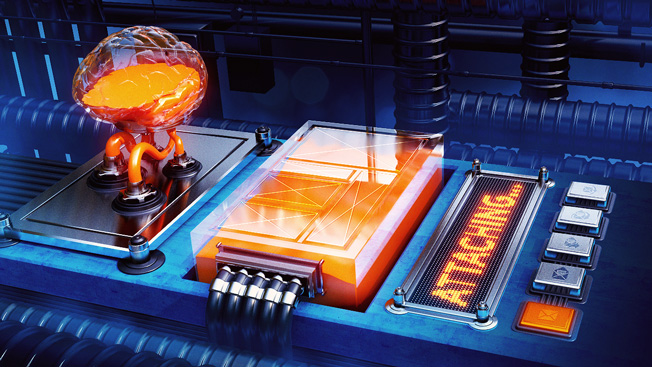There’s a lot researchers are learning about consumer psychology and what drives us to make a purchase. Did you know our brains are actually programmed to engage with—or ignore—certain content, especially in email? From mysteriously phrased copy to images of food, danger and sex, there are lots of brain tricks marketers can use to trigger their audience to take action.
Our guide, “Your Brain on Email: The Science to Winning the Inbox,” explains how these triggers work and gives you quick tips on how to activate them in your email campaigns. It also includes examples and case studies featuring savvy brands already using the brain tricks that get more clicks.
Check out the full text of our guide, “Your Brain on Email: The Science to Winning the Inbox”
The actual science backs it up. Here are three facts about our brains that smart marketers are using to get better results:
1. We focus more on uncompleted tasks than completed ones
Incomplete phrases and imagery are irresistible to us. We like being teased and enjoy the prospect of a big payoff after taking an action. When it comes to email, a few words and an ellipsis in a subject line go a long way towards driving more opens and engagement.
2. We all have amygdalas—aka lizard brains
This part of the brain is responsible for gut reactions and our basic fight-or-flight instincts—and it works a whole lot faster than our conscious mind. In your email campaigns, choose images that appeal to our primitive side—food, other people, wide open spaces, etc.—and write copy that creates a sense of urgency.
3. We’re all a bunch of copycats—but don’t want anyone to know it
Scientists call this Social Default Bias. In short, when we’re having trouble choosing between products, we’re more likely to buy the one that others chose. However, we typically do it in secret because we don’t want to be seen as followers. In your campaigns, show the number of glowing five-star reviews a product has received to trigger this effect.
Psychology plays a huge role in the consumer’s decision to click. For the complete lowdown on how to use brain science to drive more engagement, download the full guide below:








